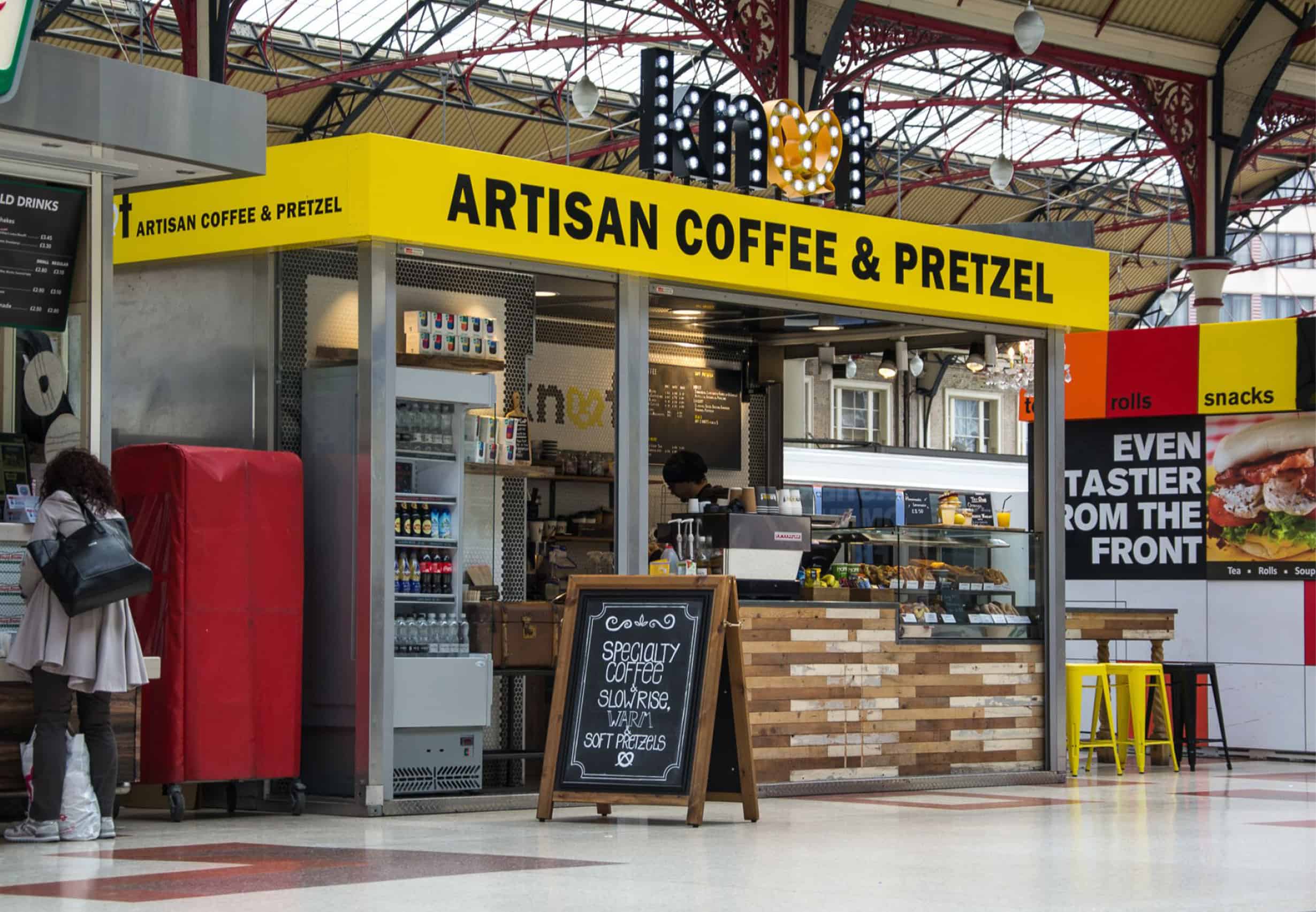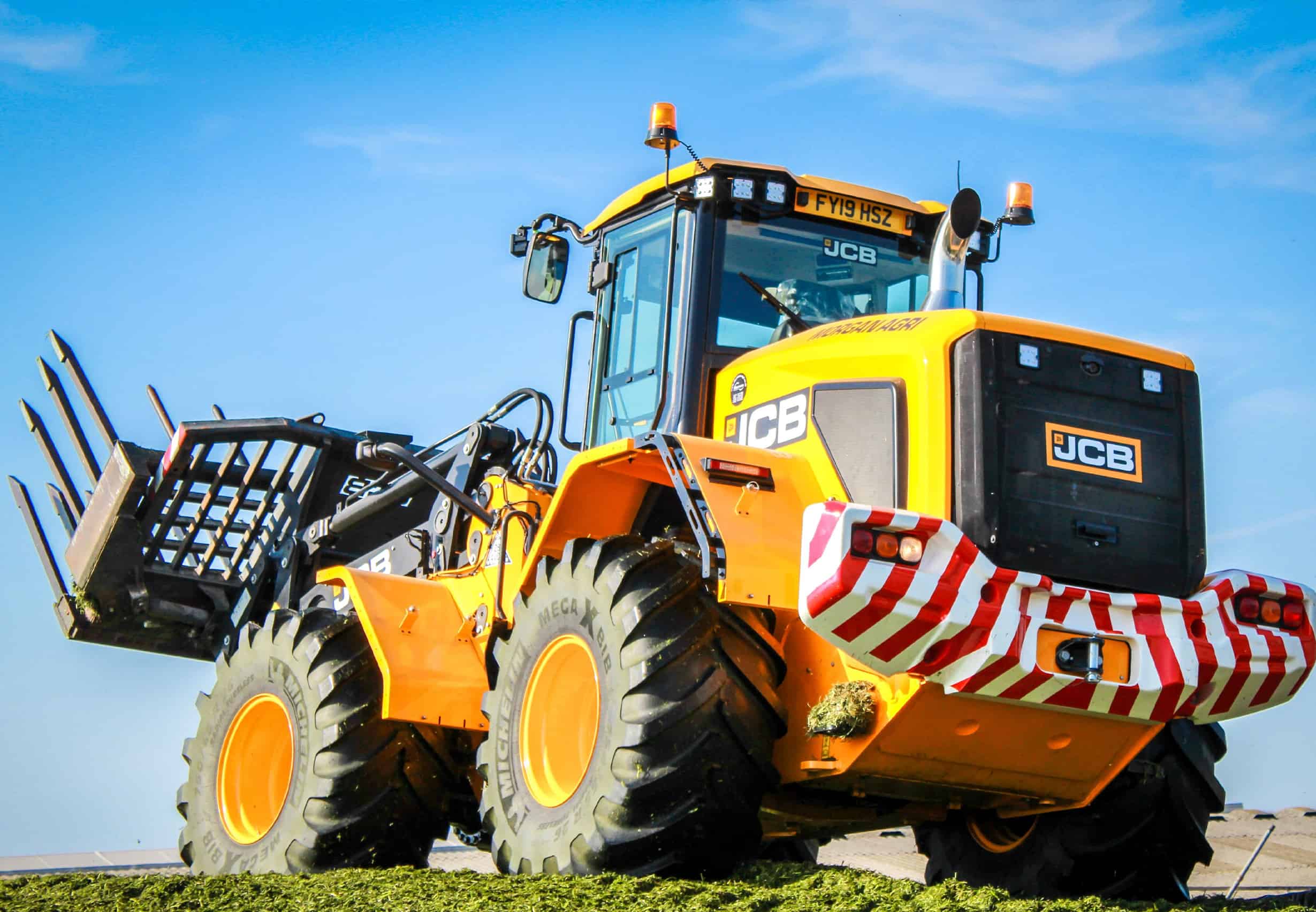The importance of images in website design
Images play a crucial role in the design of a website and are essential elements for creating an engaging and memorable user experience. Human beings are inherently visual creatures, and incorporating images effectively can greatly enhance the overall appeal and effectiveness of a website. When users visit a website, they often form an initial impression within seconds, and images are one of the primary factors influencing this impression.
Firstly, images help to establish the website’s identity and branding. A well-chosen logo or banner image can instantly communicate the purpose and essence of the site, leaving a lasting impact on visitors. Consistent and visually appealing images contribute to brand recognition, making the website more memorable and encouraging users to return.
Secondly, images are instrumental in communicating information and ideas quickly and effectively. They can convey complex concepts or emotions in ways that text alone cannot achieve. Visual aids, such as infographics or charts, can help simplify complex data and improve the comprehension of information. Additionally, high-quality product images in an e-commerce setting can influence buying decisions, increasing the likelihood of conversions.
Thirdly, images significantly impact the overall aesthetics of a website. A well-designed and balanced layout with appropriate images can create a harmonious and visually pleasing experience for users. On the other hand, an excessive or poorly chosen use of images can clutter the design and negatively affect the user’s perception of the website.
Furthermore, images play a pivotal role in user engagement and interaction. People are more likely to read and explore content on a website when it is complemented by relevant and captivating visuals. Images can break up lengthy blocks of text, making the content more digestible and retaining the user’s interest. Social media icons, for example, enable seamless sharing of content, encouraging user interaction and widening the site’s reach.
Finally, search engine optimisation (SEO) benefits from images when appropriately utilised. Well-optimised images with descriptive alt tags and relevant filenames can improve a website’s search engine rankings, increasing its visibility to potential visitors.
However, it’s crucial to use images thoughtfully and with consideration for accessibility. Some users may have visual impairments or use screen readers, and providing alternative text for images ensures inclusivity. Moreover, excessive image use can lead to slower loading times, negatively impacting user experience and search engine rankings.
In conclusion, images are a vital component of website design, providing numerous benefits such as branding, information communication, aesthetic appeal, user engagement, and SEO. By using images strategically, web designers can create visually stunning and effective websites that leave a positive and lasting impression on visitors.
Website Design Northamptonshire
Interesting facts and information on Northamptonshire
- Northampton has its own accent, but it changes if you travel across to Kisligbury, Lamport, Kettering, or Corby. Each pocket of Northamptonshire has a slightly different twang.
- The world-famous Silverstone circuit track which hosts the British Grand Prix is in Northamptonshire and also houses Mercedes’ engine manufacturing factory.
- The final resting place of Princess Diana is Althorp House which has been the stately home to the Spencer family for almost 500 years. A great place to visit to see Lady Diana’s personal artefacts.
- Northampton is forty miles west of Peterborough, forty five miles east of Oxford, twenty miles from Milton Keynes and sixty miles north of London making it ideally placed within the centre of England
- On February 26, 1935 the world’s first RADAR demonstration took place in Daventry, under the supervision of Robert Watson-Watt, pioneer of the radar.
- The British shoemaking industry originated in Northamptonshire which dates back almost 900 years. Northampton has a successful history of shoemaking this is why Northampton Town Football Club carry the nickname “The Cobblers”. Doc Martens, Trickers and Loake are all famous Northamptonshire boot and shoe brands
- Other famous brands all manufactured in Northamptonshire include, Weetabix, Carlsberg and Timken Tapered Roller Bearings ( unfortunately no longer made in the Duston based manufacturing facility
- The River Nene runs through Northampton and is the UK’s tenth longest river at 161 kms. It starts in Arbury Hill, Northamptonshire, and flows to the Wash in Norfolk and Lincolnshire. Important to note that in Peterborough they struggle to call the river by its correct name but that’s another local issue
- Northampton is home to the biggest market square in England which was established in 1189 around All Saint’s Church
- The famous Great Fire of Northampton of 1675, destroyed the majority of the town but oddly was started by just a small spark. The spark came from a house with an open fire on St Mary’s Street that quickly spread through the streets thanks to a strong westerly wind, narrow roads and thatched, wooden houses. The Great Fire was described by witnesses as being “more furious and more destructive” than the Great Fire of London which gutted the medieval city of London inside the old Roman city wall.
- Northampton has a history of car chases first real car chase in Britain’s history dating back to 1899. A naughty man called Frederick John Phillips was scamming shop owners in Northampton by telling them they would receive free tickets to the Barnum and Bailey Circus if they put up posters advertising the Circus coming to town. He was asking for an upfront deposit he did not intend on refunding (depressingly this sounds very similar to scams that we have one hundred and twenty years later – though not involving circus’s) . Jane Botterill, a shopkeeper, alerted Sergeant Hector McLeod about Phillips’ crime. Now this is all leading to the car chase but no Cosworth Sierras or Jaguars involved yet. Sergeant McLeod waved down a local tailor William Herbert Harrison driving his three and a half horsepower Benz, one of the three people in Northampton to own a car at the time. The sergeant and tailor sped after Frederick at was an overwhelming speed of fifteen miles per hour and eventually caught him a few miles outside of the town.



















